Nestled in the picturesque state of Himalaya the Uttarakhand, the Badrinath Dham is sacred and one of the most revered pilgrimage sites for the Hindus. This temple which is dedicated to Lord Vishnu receives millions of pilgrims and tourists from all around the world every year. The altitude of the Badrinath Dham region is high, resulting in extreme weather conditions. The timing of your visit can majorly affect your experience. In this complete guide, we will discuss the best time to visit Badrinath Dham so that you have a comfortable and spiritual pilgrimage.
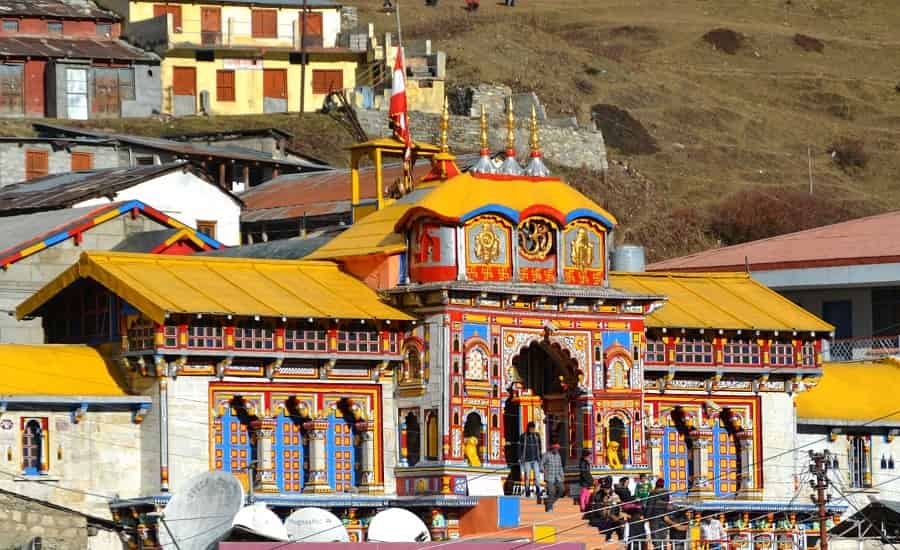
Understanding the Climate
Before unveiling the secrets of the best time to visit the Badrinath Dham, it is necessary to catch a glimpse of the unique climate of the area. Badrinath Dham is located at an altitude of 3,100 meters (10,170 feet) above sea level in the Himalayan ranges of Garhwal. Here, the climate is mainly cold both during warm and cool months of the year. The weather can be broadly categorized into three seasons:
Summer (May to June)
This is the best season to visit the Badrinath shrine. During this period, the weather is quite tolerable, with daytime temperatures between 10 and 18 degrees Celsius (50 and 64 degrees Fahrenheit). The snow usually melts by May, and the pilgrims can easily go to the temple and see the surrounding areas.
Monsoon (July to September)
The monsoon season is unpredictable in the region of Himalayas with the layers of clouds and heavy rainfall. Landslides and blocked roads are frequently reported, so this time is unsuitable to travel to Badrinath Dham. Pilgrims are strongly advised to avoid this period because of security reasons.
Winter (October to April)
The winter in Badrinath remains extremely cold and often drops below freezing point, making the temperature to be up to -10 degrees Celsius or even lower. The temple is closed during this period due to heavy snowfall and bad weather.
With a fundamental grasp of the climate of Badrinath Dham, we will look into the best times to travel to this holy pilgrimage site in detail.
The Best Time to Visit Badrinath Temple
May to June (Spring/Early Summer)
May to June, undoubtedly, are the most wonderful months to visit Badrinath Dham. In this season, the weather is favorable and the entire area is in full bloom with colorful flowers and lush green plants. The snow that fell in the previous winter is almost gone, which means that the temple and its surroundings are now open to pilgrims and tourists.
- Weather: The daily air temperatures vary between 10°C and 18°C (50°F to 64°F), providing a nice and pleasant atmosphere.
- Temple Accessibility: The main door of the temple is wide open, and pilgrims can offer Pooja (worship) without any problem.
- Natural Beauty: The panoramic view, with the backdrop of snow-capped mountains and Alaknanda River flowing close by, is at its best during this time.
- Pilgrimage Season: May and June are the busiest months, so you’d have the possibility to see ceremonies and various celebrations.
- Travel Tips: May is the time when lots of people would be traveling, especially if the season falls during the summer vacation in India. Make sure you have the right accommodations and transportation on time once you arrive, so your trip can go smoothly.
Late June to Early July (Pre-Monsoon)
The time just before the monsoons, i.e., from the end of June to the beginning of July, can also be considered a good time to visit the Badrinath Dham. Although the weather is still rather tolerable, one should keep an eye on weather forecasts and be mentally aware of the occasional showers.
- Weather: Temperatures are similar to those in May and June, and fluctuate between 10°C and 18°C (50°F and 64°F) in the daytime, but rainfall can occur.
- Temple Accessibility: The temple is open during this time of the year making it possible to have a spiritual experience even without the summer crowds.
- Natural Beauty: The landscape is still verdant and flourishing, and the nearby valleys are carpeted with different-colored wildflowers.
- Early Pilgrimage Season: You will have ultimate spiritual peacefulness without the rush of seasonal crowds.
- Travel Tips: Pack a raincoat or umbrella, and check the weather bulletin intermittently as this is a seasonal transition before the monsoons arrive.
October to November (Autumn)
If you prefer a more serene and less crowded pilgrimage experience, consider visiting Badrinath Dham during the autumn months of October to November. During this time, the monsoon has ended, and the weather is crisp and clear. The stunning autumn foliage adds a touch of magic to the landscape.
- Weather: Daytime temperatures range from 5°C to 15°C (41°F to 59°F), and nights can get chilly. However, the days are generally sunny and pleasant.
- Temple Accessibility: The temple is open, and you can enjoy a peaceful darshan with fewer visitors.
- Natural Beauty: The autumn foliage in the surrounding forests turns vibrant shades of red, orange, and gold, creating a breathtaking backdrop for your pilgrimage.
- Less Crowded: October and November are considered shoulder months, so you can avoid the crowds that flock to Badrinath during the summer.
- Travel Tips: Pack warm clothing, as temperatures drop significantly in the evenings and mornings. Accommodation options may be limited, so book in advance.
December to April (winter – Temple Closed)
The winter season in Badrinath Dham, from December to April, is not recommended for pilgrims or tourists. The region experiences heavy snowfall, and extreme cold temperatures make it inhospitable for visitors. During this time, the temple is closed, and the roads leading to Badrinath are often inaccessible due to snow and ice.
- Weather: Daytime temperatures can plummet below -10°C (14°F) in the heart of winter, making travel dangerous and uncomfortable.
- Temple Accessibility: The temple remains closed, and all activities come to a halt during these months.
- Safety Concerns: Snowfall and avalanches can pose serious safety risks, and road closures are common. It is not advisable to attempt a visit during this season.
- Travel Tips: It’s best to avoid planning a trip to Badrinath Dham between December and April, as the conditions are extremely harsh, and travel is virtually impossible.
Conclusion
In conclusion, the best time to visit Badrinath Dham depends on your preferences and priorities. Regardless of the season you choose, visiting Badrinath Dham is a profound and spiritually uplifting experience. Always check weather forecasts and road conditions before embarking on your journey, and make necessary travel and accommodation arrangements in advance to ensure a memorable and hassle-free pilgrimage to this sacred destination.
FAQ’s
Q-1: When is the best time to visit Badrinath Dham?
Ans: The best time to visit Badrinath Dham is during the spring and early summer months of May to June. The weather is pleasant, and the temple is accessible. Late June to early July can also be a good option before the monsoon season begins.
Q-2: Is it safe to visit Badrinath Dham during the monsoon season?
Ans: No, it’s not safe to visit during the monsoon season, which occurs from July to September. The region experiences heavy rainfall, landslides, and road closures, making travel hazardous.
Q-3: Can I visit Badrinath Dham in the winter months?
Ans: It’s not advisable to visit Badrinath Dham during the winter months from December to April. The temple is closed, and the region experiences extreme cold and heavy snowfall, making travel impossible.
Q-4: What should I pack for a trip to Badrinath Dham?
Ans: Depending on the season, pack accordingly. In summer, bring layers, while in autumn and shoulder seasons, warm clothing is essential. Don’t forget good walking shoes and rain gear, especially during the monsoon.
Q-5: Are there any health precautions I should take for the high altitude?
Ans: Altitude sickness can be a concern. Acclimatize in nearby towns before heading to Badrinath. Consult a doctor before your trip and carry the necessary medications.
Q-6: How can I reach Badrinath Dham?
Ans: The nearest major railway station is Rishikesh, and the nearest airport is Jolly Grant Airport in Dehradun. From there, you can hire a taxi or take a bus to reach Badrinath. Road conditions can be challenging, so plan your journey accordingly.

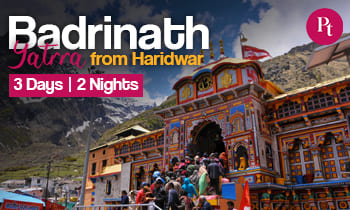
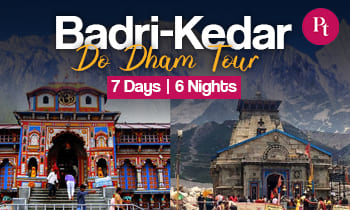
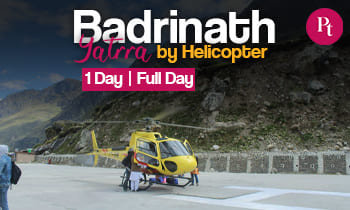
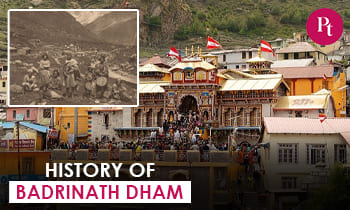
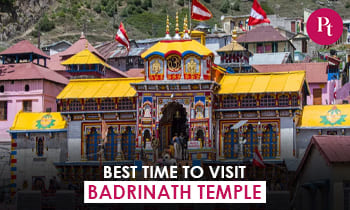
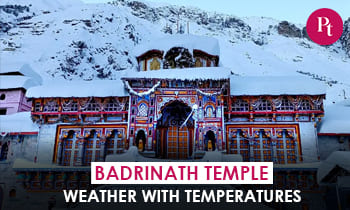
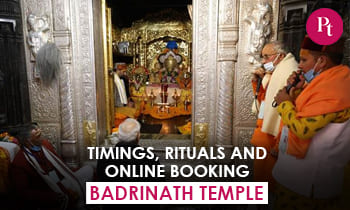
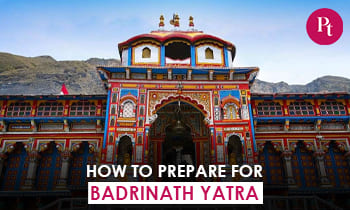
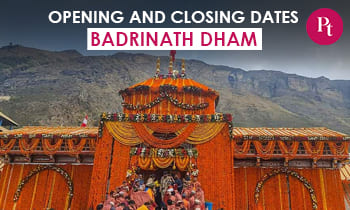


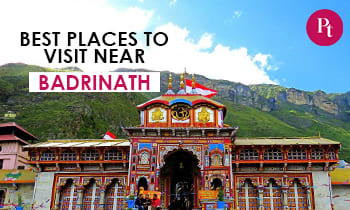
 Call
Call WhatsApp
WhatsApp Enquiry
Enquiry